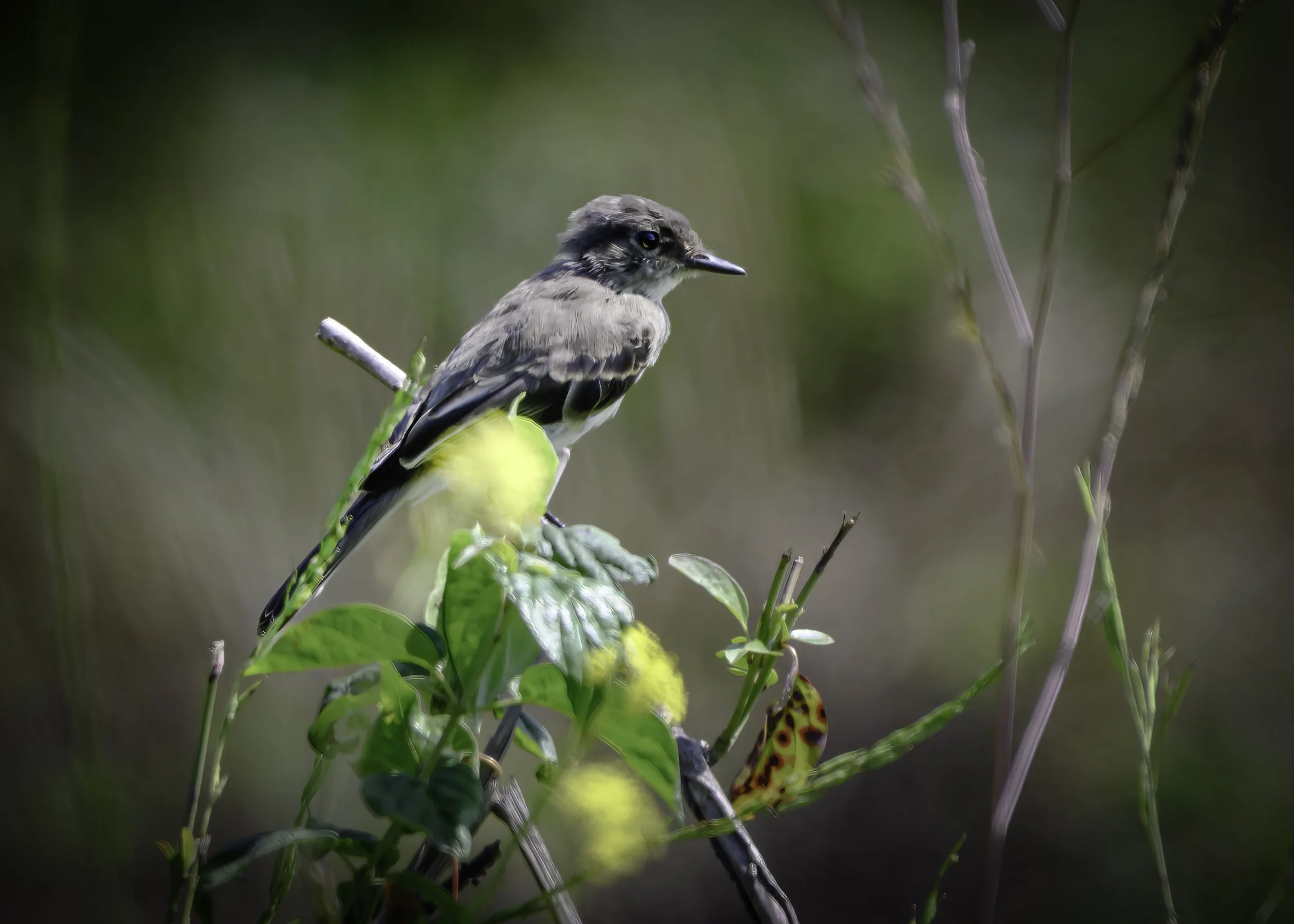Pine Island Area
In Orange County, there is an extensive agricultural area where produce such as onions and squash as well as turf is grown. After substantial rainfall, the newly furrowed black dirt can attract a number of shore birds during the spring and fall months. Mid-August is a pretty good time to find these birds if you happen to be at the right place at the right time. Evan when few birds are to be found, the region is productive for checking out the wildflowers, butterflies, bees, and other natural wonders.
Killdeer
These Killdeer were two of the only shorebirds I found in spite of last nights rainfall. Killdeer are a member of the Family Charadriidae collectively known as Plovers. Plovers are shorebirds (not always found at the shore however) which are second only to sandpipers in number of species found worldwide. Our last blog post starred the Semi-palmated plover which looks quire similar to today’s featured bird, the Killdeer. This bird is fairly common in open country and can be heard calling its name (again, use you imagination!) as it flies overhead.
The Killdeer is well-known for feigning injury if a perceived threat should get too close to its nest and'/or young. The adult will loudly call out an alarm call while running away from its young while dragging its wing behind. The predator will chase after the “wounded” adult bird thinking it has some easy pickings until the adult bird feels its far enough away from the nest to take flight. Pretty smart bird!
Sunflower farm
Another nearby crop being grown are sunflowers. These flowers produce seeds that are loved by many birds and as we get into fall and the plants go to seed, it will be a good time to return and see what birds show up for the feast. One of the wonders of nature is the frequency of certain patterns you can find. The central disc of the sunflower is a perfect example of this. Check out the spiral pattern of the seeds within the sunflower’s disc below.
The central disc of a sunflower displays an intricate seed pattern known as a Fibonacci spiral. This arrangement optimizes the packing of seeds within the flower head, allowing for maximum seed quantity in a limited space. The spirals curve outward in two opposing directions, typically conforming to consecutive Fibonacci numbers, such as 34 and 55 (trust me!). This natural pattern ensures uniform seed distribution and efficient use of space, exemplifying how mathematical principles often manifest in botanical structures. Yet another one of the wonders of nature.
And of course, we can’t go too long in these blog posts without mentioning new species of bees during the summer months. Today’s bee is the Dark-veined Longhorn Bee. The Dark-veined Longhorn Bee seen here on a beautiful Evening-primrose blossom is a solitary bee named for its elongated antennae, which give it a distinctive appearance among native pollinators. It typically inhabits open fields where it plays a crucial role in pollinating wildflowers and crops. The bee is characterized by its dark veins on translucent wings and a robust, hairy body that aids in pollen collection.
The bee was kind enough to turn around so you could get a better view of the dark veins in his wings as well as those long “horns”.
The final image of the day is of one more bird species, the Eastern phoebe. This is a small, stocky songbird commonly found throughout eastern North America. It is characterized by its grayish-brown upperparts, off-white underparts, and a distinctive black tail that it often pumps downward. This species is known for its persistent, sharp "phoebe" call, from which it derives its name. Watch the YouTube video below and see if you can hear him calling out “Phoebe”. This Eastern Phoebes typically nests on buildings, bridges, or natural ledges, preferring open habitats near water or woodland edges. The bird seen here was perched near a small stream by a culvert in which in could nest. He primarily feeds on insects and is often seen darting from perches to catch prey mid-air.





